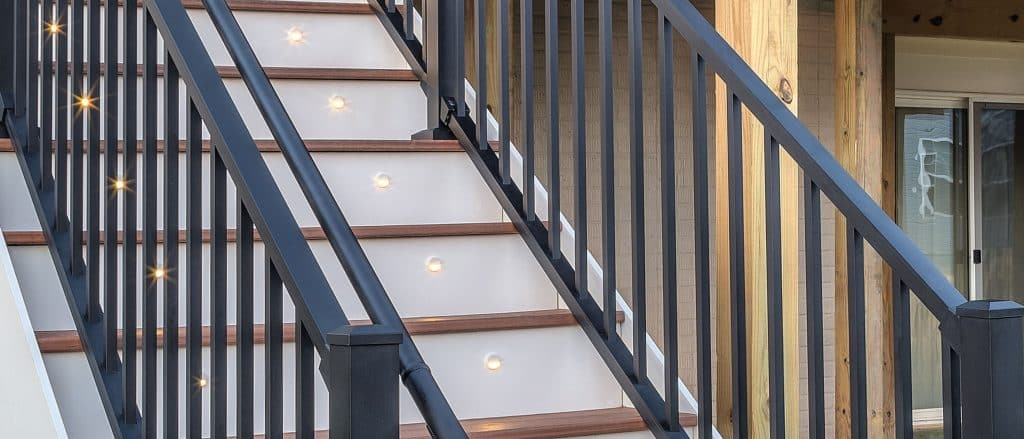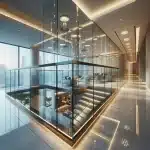What Kind of Magical Handrail Do You Need to Accomplish All of This?
One answer is stainless steel, and here’s why:
Style and Shine
Sleek, Industrial, Modern, and yes, Shiny. Stainless steel has an allure to it which is striking and elegant and can lend a feel of class and modernity to any space. Plus, the visceral reaction of “Oh, Shiny!” is always a winner.
Versatile
Stainless steel isn’t all cookware and car parts; it is a versatile material available in different shines, finishes, and even colours to suit any job. It also has a sort of non-descript appeal which lends itself to use in just about any design yet manages to pop and impress on any stage.
Resilience
There are a great many reasons to choose stainless steel from a material perspective, from its strength to its integrity to its simple manufacturing, but the real selling point here is its endurance. It can withstand elements both living and nonliving, is easy to take care of, keeps looking brand new, and can take a beating while still looking fresh as the day it was put in.
It does the job well
Finally, beneath all the lustre, all the material benefits and the design potential of this material, Stainless Steel is still really, really good at what it does. It has the brute strength and longevity to create powerful, stable structures which last for a long time, and are almost impervious to breakdown, lending itself to being a most suitable material for a structure which people will rely on to keep them safe and comfortable in the long run.




